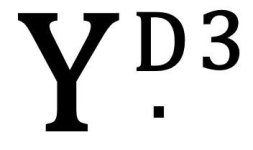paleomaxx
Hero Member
- Aug 14, 2016
- 841
- 6,887
- 🥇 Banner finds
- 6
- Detector(s) used
- Deus XP
- Primary Interest:
- All Treasure Hunting
I just found this at an early site of mine today. It's definitely a cloth bale seal, but I was surprised to see that it was made of pewter as opposed to lead. It's also fairly large, over 1" across, which seems to be bigger the similar seals from the 1700's. Fortunately it also has very clear lettering:


I think the top line is "-ersey" but I can't make out the first letter. The second line looks to be 29 1/2 Yds referring to the length of the material. The bottom line is a mystery though. It seems to say "No. I 9 7".
Has anyone found a similar seal in the United States? The site I found it at has buttons going back to the 1750's but none after 1790 so this is almost certainly from the same time frame. It's an awesome looking piece though so I'm hoping I can get some solid background on it!
I think the top line is "-ersey" but I can't make out the first letter. The second line looks to be 29 1/2 Yds referring to the length of the material. The bottom line is a mystery though. It seems to say "No. I 9 7".
Has anyone found a similar seal in the United States? The site I found it at has buttons going back to the 1750's but none after 1790 so this is almost certainly from the same time frame. It's an awesome looking piece though so I'm hoping I can get some solid background on it!




